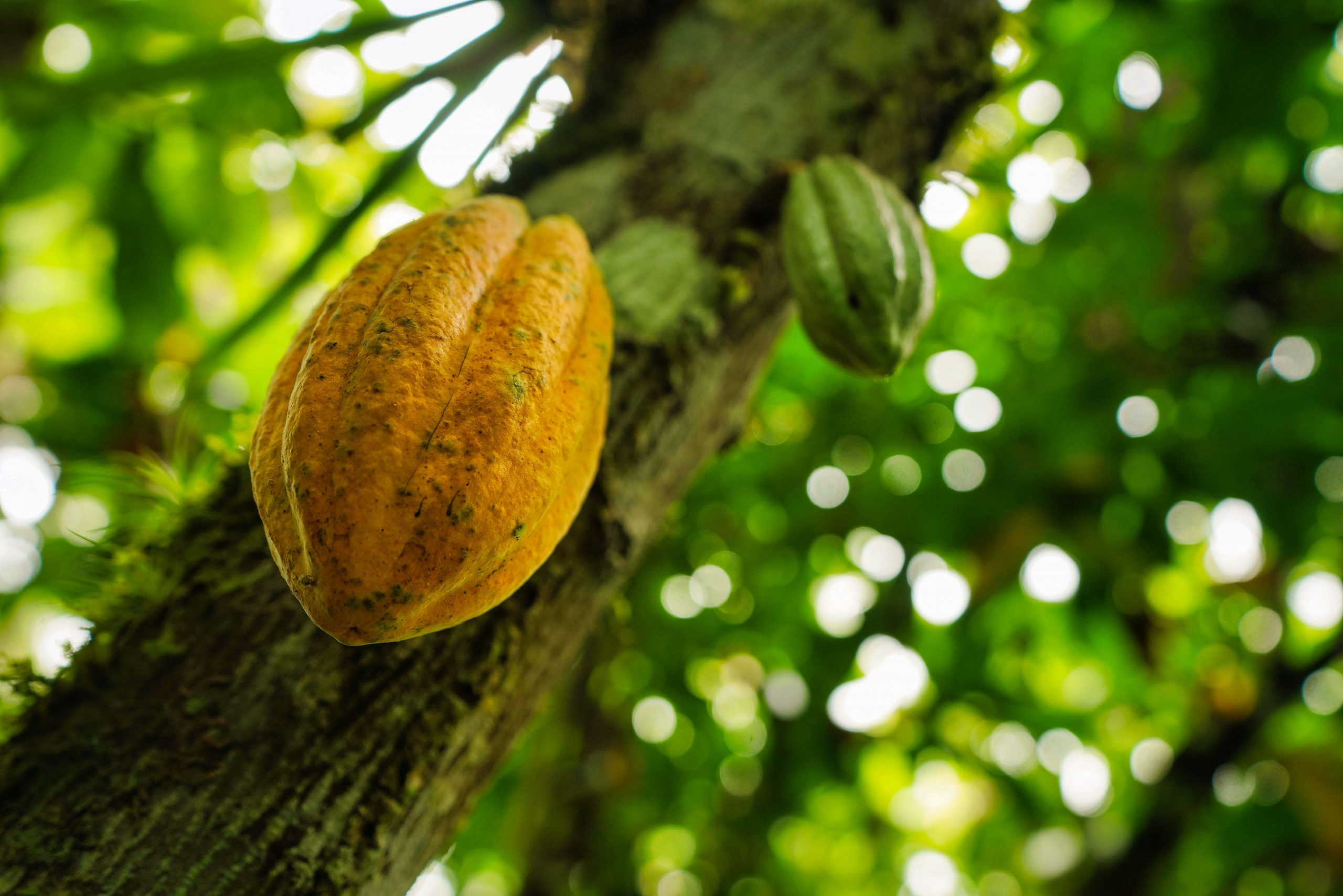The global cocoa market is navigating a complex landscape marked by production challenges, shifting consumption patterns, and evolving trade dynamics.
Production Trends
West Africa, particularly Côte d’Ivoire and Ghana, remains the epicentre of global cocoa production, accounting for over 60% of supply.
However, both nations have faced significant setbacks. Ghana’s output has been severely impacted by the cacao swollen shoot virus (CSSV), with 81% of the Western North region affected.
This, coupled with illegal mining activities and smuggling, has led to a substantial decline in production.
Côte d’Ivoire has also experienced challenges.
Adverse weather conditions, including heavy rainfall followed by dry harmattan winds, have disrupted the mid-crop harvest. Early estimates suggest a yield of around 300,000 tonnes, significantly below the historical average of 500,000 tonnes.
Despite these issues, the International Cocoa Organization (ICCO) projects a global cocoa surplus of 142,000 metric tonnes for the 2024/25 season—the first surplus in four years.
This is attributed to increased production in countries like Nigeria, which reported a 27% year-on-year jump in exports.
Consumption Patterns
High cocoa prices have led to divergent consumption trends across regions.
In North America, consumers are reducing chocolate purchases or switching to alternative products, influenced by price sensitivity and health trends.
Conversely, European consumers continue to view chocolate as a daily indulgence, maintaining steady demand despite price increases.
In emerging markets, particularly in Asia, rising incomes and urbanisation are driving increased chocolate consumption.
This growing demand adds another layer of complexity to the global cocoa market.
Weather Events and Their Impact
Weather anomalies have played a crucial role in shaping cocoa production.
In West Africa, heavy rainfall has facilitated the spread of fungal diseases, while subsequent dry conditions have stressed cocoa trees.
These factors have contributed to lower yields and raised concerns about the quality of the mid-crop harvest.
In Brazil, efforts to revolutionise cocoa production through large-scale farming are underway, aiming to mitigate the impact of climate-related challenges.
Trade Dynamics
The cocoa market has experienced shifts in trade dynamics due to supply constraints and changing demand.
Increased exports from countries like Nigeria and the Ivory Coast have influenced global supply levels.
However, quality concerns persist, with reports of lower-quality beans affecting trade relationships.
Additionally, the rise of cocoa-free chocolate alternatives is emerging as a response to supply challenges and consumer demand for sustainable products.
Price Movements
Cocoa prices have experienced significant fluctuations, reaching record highs in 2024 before declining in early 2025. The anticipated surplus has contributed to downward pressure on prices.
However, ongoing supply risks and low inventory levels may lead to continued volatility in the market.
Manufacturers are responding by adjusting product sizes, reformulating recipes, and exploring alternative ingredients to manage costs.
Summary
The cocoa market is poised for a complex period ahead, with production challenges, evolving consumption patterns, and trade dynamics influencing supply and demand.
Stakeholders must navigate these factors carefully to adapt to the changing landscape and ensure sustainability in the cocoa industry.
